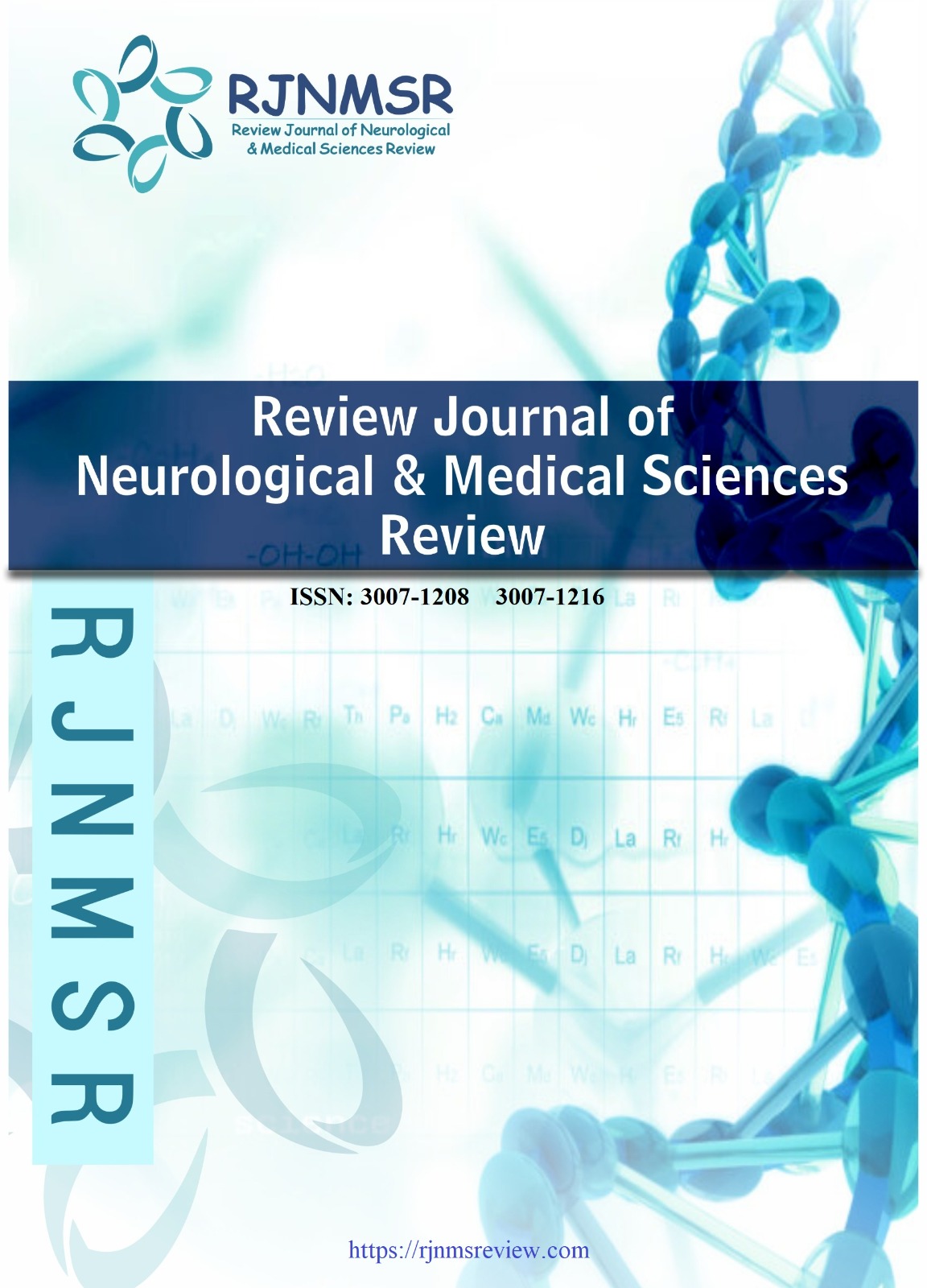PHARMACEUTICAL INSIGHTS INTO PROSTATE CANCER PREVALENCE, RISK FACTORS, AND EPIDEMIOLOGY IN THE SOUTH WAZIRISTAN IMPLICATIONS FOR THERAPEUTIC DEVELOPMENT AND MANAGEMENT
DOI:
https://doi.org/10.63075/qptz5w23Keywords:
Therapeutics, pharmaceutical management, and novel therapiesAbstract
Prostate cancer (PCa) remains a considerable public health concern, especially in rural and underdeveloped regions such as South Waziristan, Pakistan. Insufficient healthcare access, lack of comprehension, and reliance on conventional therapies may result in postponed diagnosis and inferior treatment outcomes. This study aimed to evaluate the prevalence, risk factors, and treatment options for prostate cancer among males aged 40 and above in South Waziristan, while identifying pharmaceutical shortcomings and exploring the potential therapeutic roles of natural compounds like curcumin. A total of 180 male participants were recruited through stratified random selection to ensure representation across socioeconomic levels. Data were collected by standardised questionnaires that emphasised demographic information, medical and familial history, lifestyle factors, and awareness of screening methods for prostate cancer. The clinical evaluation encompassed a digital rectal examination (DRE) and prostate-specific antigen (PSA) testing where necessary. Pharmaceutical data assessed the utilisation of conventional pharmaceuticals, self-medication practices, and access to treatment at local healthcare institutions. The findings revealed that the mean age of participants was 56.4 ± 8.9 years, primarily consisting of farmers or daily wage labourers. A small percentage received regular medical follow-up or had access to PSA screening. Conventional treatments (41.1%) were used more frequently than modern therapies, such as tamsulosin (32.2%) and finasteride (17.8%). The Venny 2.1.0 analysis found 65 common molecular targets between curcumin and prostate cancer, indicating that there may be beneficial interactions that need more study. This research underscores the urgent necessity for improved cancer awareness, greater access to pharmaceuticals, and the incorporation of natural substances in prostate cancer treatment methodologies in remote regions. Enhancing screening programs and healthcare facilities could substantially improve early detection and treatment outcomes for prostate cancer patients in South Waziristan.

